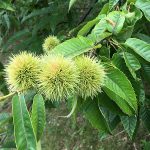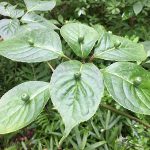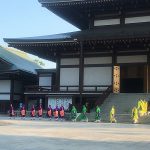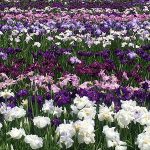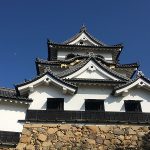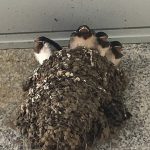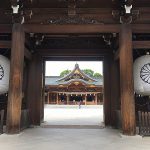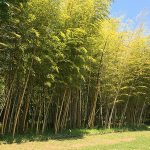Chestnuts are now maturing. Have you ever seen the burrs of chestnut? If you come from Europe, North America, Korea, and China, probably “yes”. If you come from Southern countries, probably “no”. In fact, chestnuts are widely distributed in the temperate zone of the northern hemisphere. Our chestnut (Castanea crenata) is an indigenous tree in Japan and also… Read more →
